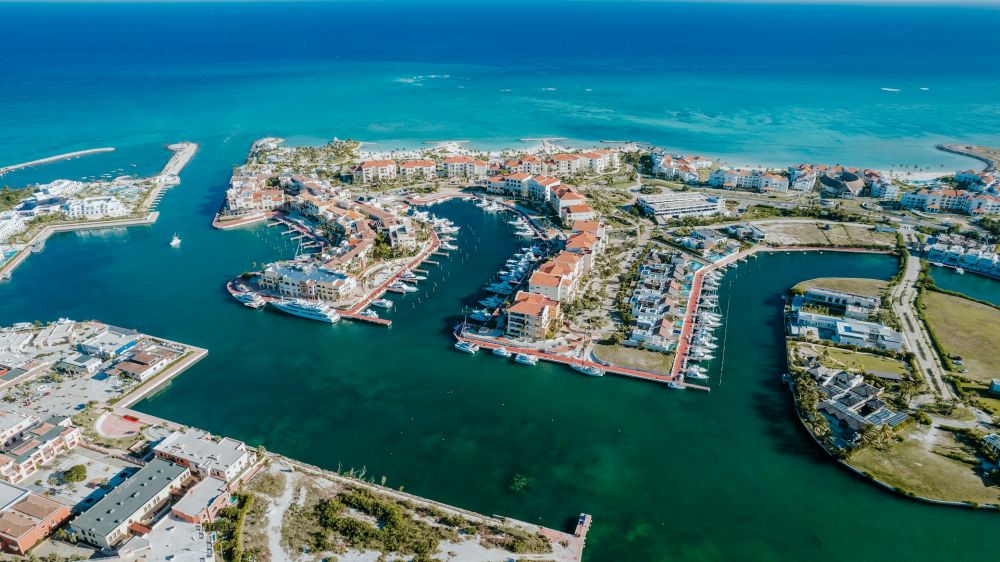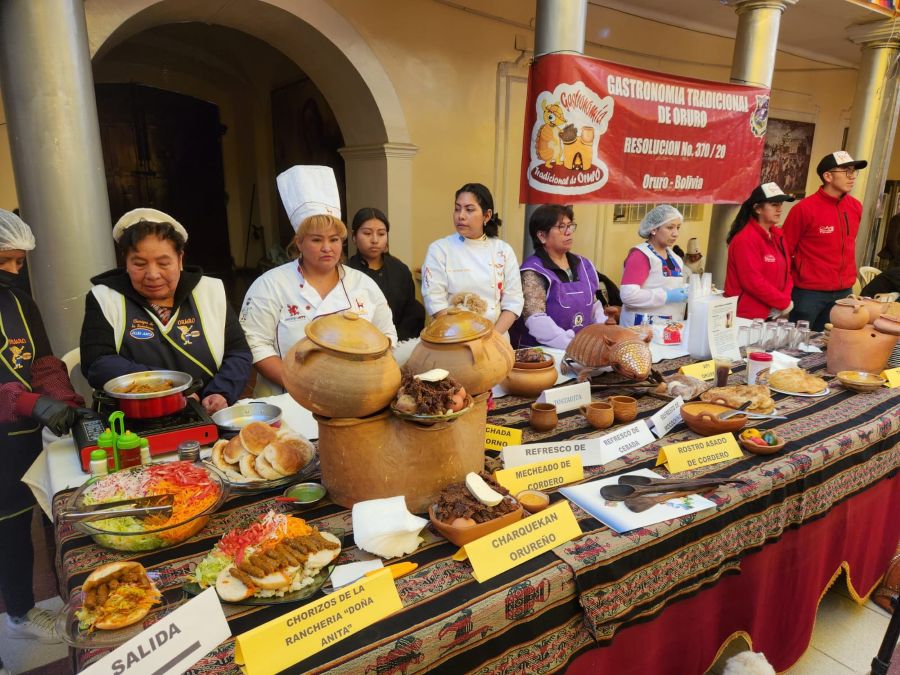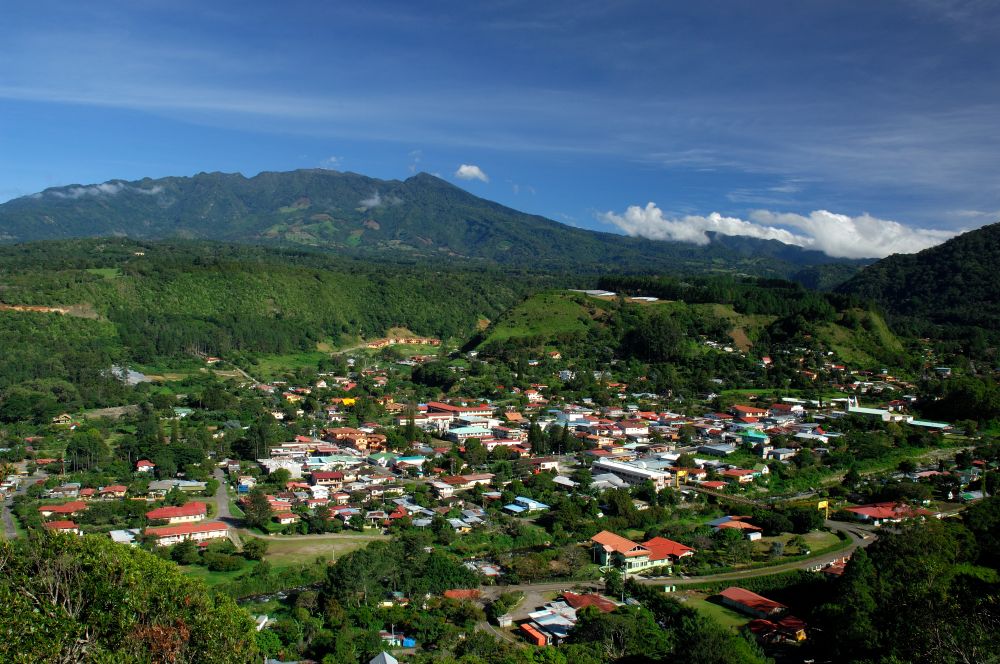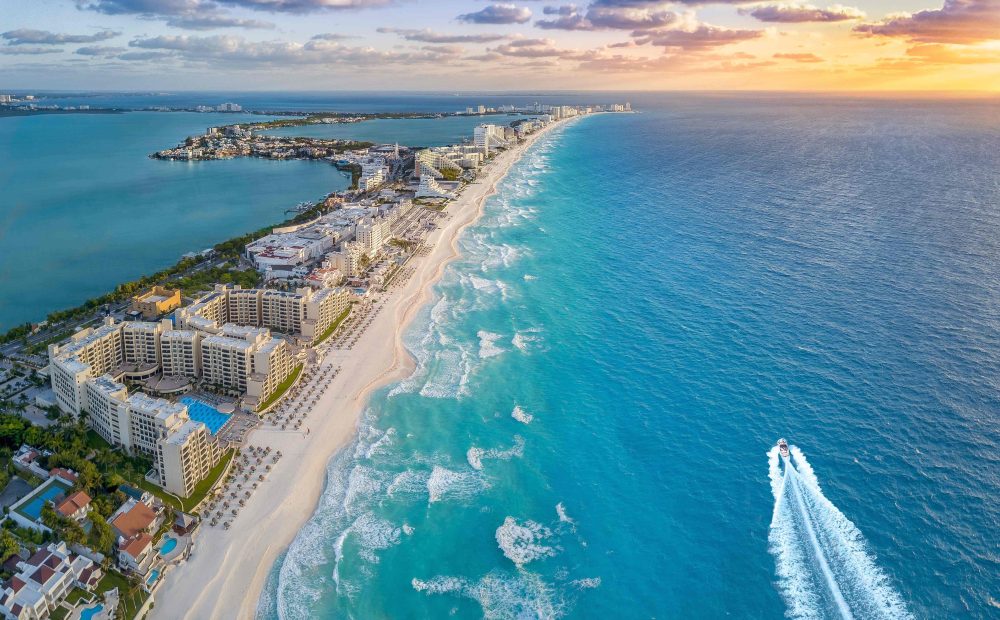Latin America’s hotel industry is experiencing an unprecedented phase of expansion.
According to the latest report from Lodging Econometrics (LE), by the end of the third quarter of 2025 the region had 751 hotel projects totaling 116,480 rooms — an annual increase of 17% in the number of projects and 11% in room count.
A tangible sign of the sector’s dynamism, and a clear indication of the region’s tourism growth potential.
Expansion across all development stages
The hotel project pipeline is growing at every stage of completion.
As of September 2025, 308 hotels were already under construction, while another 211 were scheduled to break ground within the next twelve months.
In addition, 232 projects were in the planning phase — a 22% increase compared to 2024.
This evolution reflects the long-term commitment of international hotel groups, driven by rising tourist demand and strengthened regional connectivity.
The rise of upscale and luxury segments
A significant share of this growth comes from the upscale and luxury segments, with 267 properties currently in development.
This trend shows the determination of major international brands to strengthen their presence in coastal destinations and regional capitals, where the demand for exclusive experiences continues to grow.
According to Bruce Ford, Senior Vice President of Global Development at Lodging Econometrics:
“Few regions in the world concentrate as many luxury hotel projects as Latin America. Three countries alone — Mexico, Brazil, and the Dominican Republic — account for nearly 65% of all projects in development.” ”
From the Caribbean to the Southern Cone, this wave of investment is giving rise to new complexes that combine hospitality, residential, and wellness components, often designed under environmental sustainability criteria.
In destinations such as Riviera Maya and Punta Cana, hotels are aligning with travelers’ new expectations: longer stays, personalized services, and deeper local integration.
Modernization and sustainability: the new priorities
Beyond new builds, 173 projects involve renovations or conversions of existing properties — up 15% year over year.
The goal is no longer just to expand capacity, but to modernize the hotel portfolio without increasing the urban footprint.
In cities like Mexico City, Lima, and Buenos Aires, operators are prioritizing energy efficiency, digitalized services, and sustainability standards.
These initiatives reflect a structural transformation of the regional hospitality industry, guided by travelers’ expectations and global decarbonization goals.
You may also like: The Best Cities to Eat and Drink: Mexico City and Lima top the Food & Wine rankings
Development in tune with regional tourism
This expansion is unfolding in a favorable context: the recovery of international tourism and the opening of new air routes are boosting investor confidence.
Markets that were once secondary are emerging on the map, while major tourism hubs are upgrading to more modern and sustainable infrastructure.
Beyond the figures, this new wave of hotel development is redefining the way Latin America presents itself to the world.
Between tradition and innovation, the continent is asserting a model of hospitality based on quality, sustainability, and the uniqueness of its territories — a hospitality that, more than ever, is becoming a key driver of global competitiveness.
Photos: Luis J. Corniel








